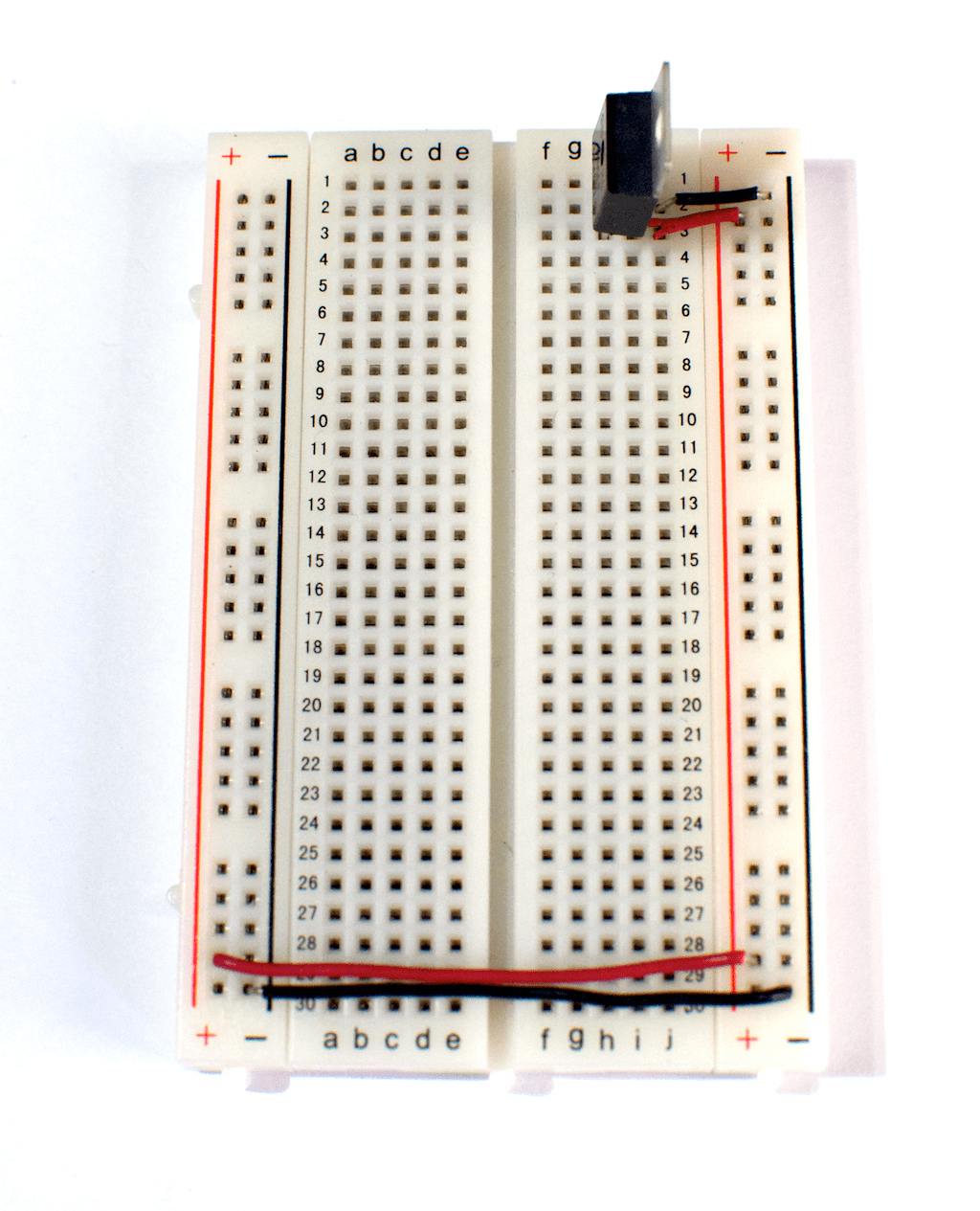Setting up a series circuit on a breadboard may seem daunting at first, but with the right tools and techniques, it can be a fun and rewarding experience. A series circuit is a simple circuit that allows electricity to flow in a single loop, making it a great starting point for beginners to learn about electronics. In this article, we will guide you through the steps of setting up a series circuit on a breadboard, providing valuable tips and tricks along the way.
Firstly, let's start with the basics. A breadboard is a tool used to prototype electronic circuits without the need for soldering. It consists of a plastic board with rows of interconnected metal clips, allowing for easy insertion and connection of electronic components. To set up a series circuit on a breadboard, you will need a power source, such as a battery, a few resistors, and some wires. Begin by placing the battery on one end of the breadboard, and the resistors on the other end. Make sure the positive and negative terminals of the battery are connected to the correct rows on the breadboard.
Next, connect the positive terminal of the battery to the positive terminal of the first resistor using a wire. Then, connect the negative terminal of the first resistor to the positive terminal of the second resistor, and so on until all the resistors are connected in a line. Finally, connect the negative terminal of the last resistor back to the negative terminal of the battery, completing the series circuit.
One important thing to keep in mind when setting up a series circuit on a breadboard is to make sure that there are no short circuits. A short circuit occurs when two components that should not be connected are accidentally connected, causing a surge of electricity that may damage your components. To avoid this, it is essential to plan your circuit layout carefully and double-check your connections before powering on the circuit.
In conclusion, setting up a series circuit on a breadboard is a straightforward and rewarding process. It is an excellent way for beginners to learn the basics of electronics and can also be used to create more complex circuits with multiple components. Remember to take your time, plan your circuit carefully, and always double-check your connections. With these tips in mind, you will be able to set up a series circuit on a breadboard like a pro. Happy experimenting!

Build Your Own Arduino Breadboard
How To Connect Series And Parallel Connections Of Resistors On A Breadboard Quora

Chapter 4 Components In Parallel And Series Arduino To Go
How To Use A Breadboard

Adalm1000 Smu Training Topic 8 Parallel Lc Resonance Analog Devices
Series And Parallel Circuits

Building Series Parallel Resistor Circuits Combination Electronics Textbook

How To Use Light Emitting Diodes Led S

Dot Bar Display Driver Guide Learn Sparkfun Com

How To Breadboard

Traffic Lights Reusable Circuit Implemented On Breadboard Scientific Diagram

Hardware Hacking 101 Making Your First Virtual Circuit Dev Community

Series Circuit Rolling Robots

Arduino Tutorial Lesson 3 Breadboards And Leds

How To Connect A Breadboard The Raspberry Pi 4

Lab Setting Up A Breadboard Itp Physical Computing

Lab 1 Introductory Experiments And Linear Circuits I Instrumentation

Eet 1150 Unit 5 Ohm S Law